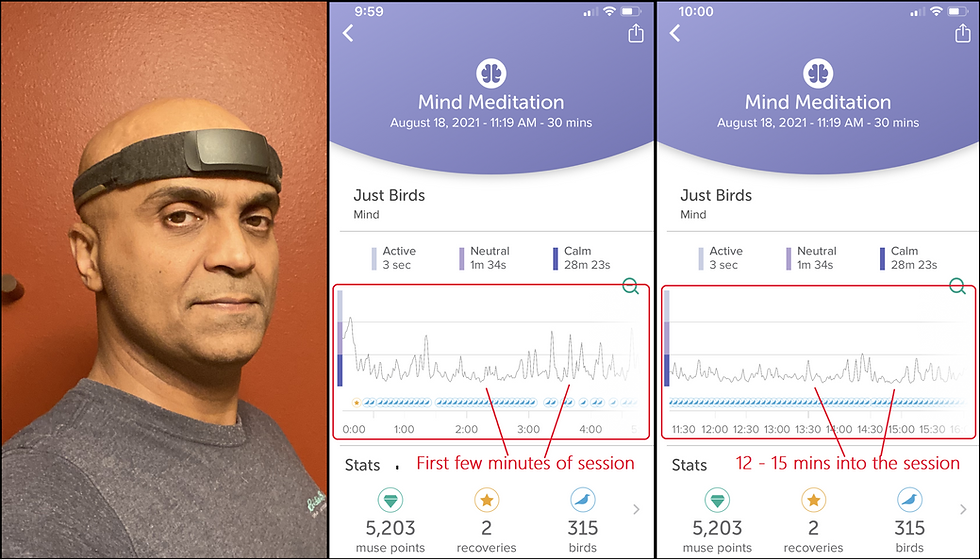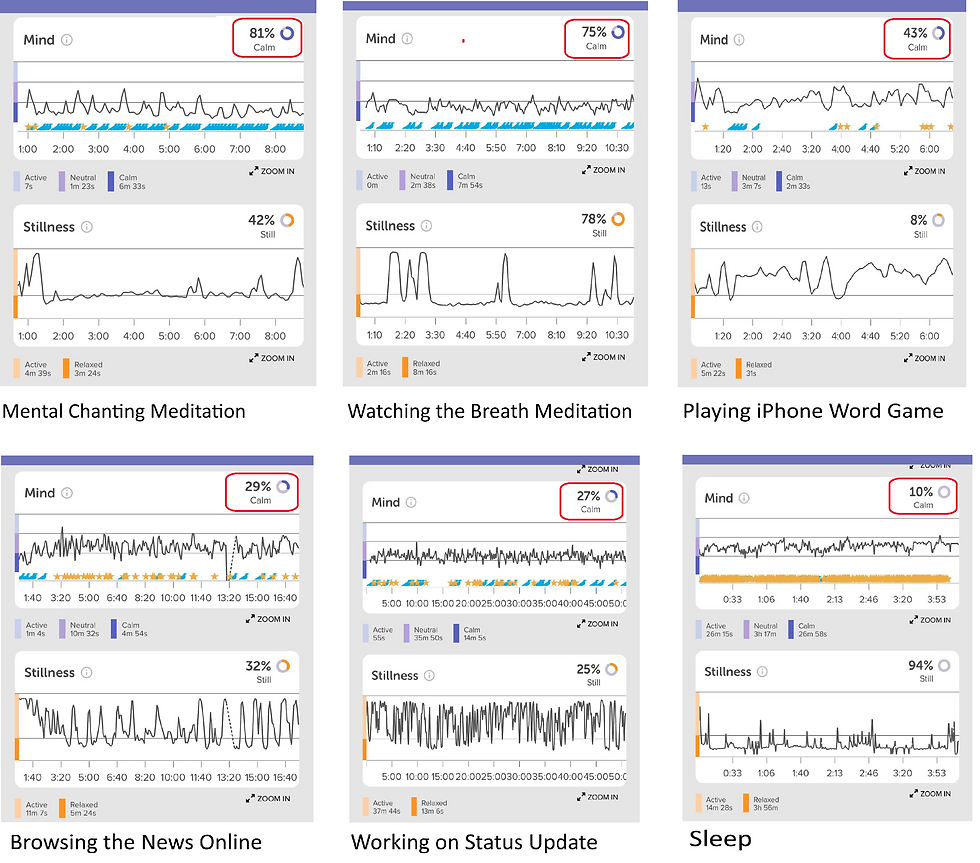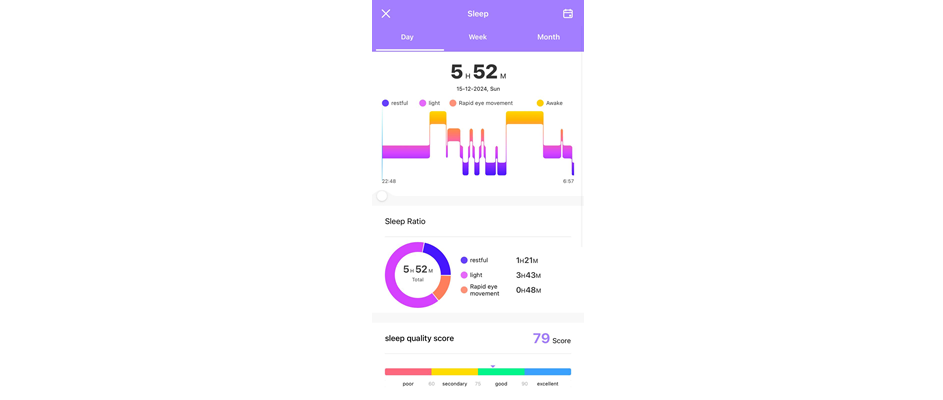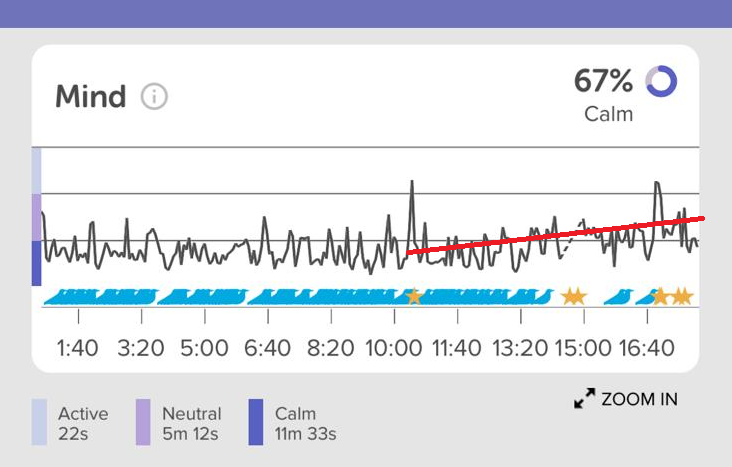This is Your Mind on Multi-Tasking
- Kris Shankar
- Dec 15, 2024
- 5 min read

Over Thanksgiving week, I picked up my Muse EEG Neurofeedback Headband after a gap of many months to measure how my mind is doing when I am working, idly browsing the web, and practicing various mindfulness and meditation techniques. The Muse Headband uses the well-established science of Electroencephalography (EEG) to sense your brainwaves. The state of calm and alert mindfulness is usually associated with the Alpha range (8–12 Hz). (For more on Muse and EEG, read my post on Medium “My Experiences Hacking My Way to Mindfulness with Technology”)
While it might come as no surprise to you that the first two activities — work and browsing the web — were absolutely horrible for my level of mental calm and attentiveness, you will be shocked by the numbers. To give you a foretaste, Muse rated me as “81% calm” during a 10 minute session of concentration meditation, and only about “27% calm” over a 50 minute session writing up a status update for work, and a 17 minute session of browsing the news online.
That’s to be expected, you might say. After all, it’s much easier to be calm and attentive when you are not doing much…..other than meditating intensely, that is. Let me burst that bubble. Muse rated my as only “10% calm” over four hours as I slept!
If you are like me and often wake up in the morning feeling tired and not truly rested, you now have a clue as to why. I also discovered that not all meditation techniques are the same…..some were far more effective than others at calming my mind down. In this post, I’ll share an explanation for these readings, and what I/you can do to maximize calm. (I won’t call them results since they are not statistically designed experiments.)

The Best Way to a Calm Mind
The technique that yielded the best results (81% calm), surprisingly, was the mental chanting of the Vishnu Sahasranama (the thousand names of Vishnu), an ancient Sanskrit text that is part of the world’s longest epic, the Mahabharata. It’s something I’d been trained to memorize as a kid, and I can chant it on autopilot while my attention is wandering, or as I did for this experiment, chant it with extreme deliberation and awareness.
Two other techniques yielded comparable results (75%). One was watching the breath meditation, which many of us who have sat in on a Meditation 101 session are familiar with. The other was listening attentively to music tracks encoded with binaural beats* on Spotify.
In all of the above cases, the common thread was the single minded concentration and focus I brought to the activity. Another interesting fact is that you don’t have to sit still to meditate effectively. As the charts above show, I was only 42% still during my most successful meditation session, yet 94% still and only 10% calm while I was asleep. In fact, you can run or row or swim and meditate very effectively at the same time by directing your attention to the activity or to your breath.
Context Switching and Multi-Tasking is Terrible for the Mind…but it is a Fact of Life
Browsing the news online and drafting a status report for work both resulted in poor scores (29% and 27% calm respectively). The common thread to both was constant context switching. In the latter case, I was reviewing, reconciling and summarizing information from multiple emails, documents and spreadsheets to compile the report. My daily work day requires context switching and multi-tasking an order of magnitude greater. (I plan to wear my Muse headband to work one day to see how it scores my mind at work!) We can’t wave a magic wand and make multi-tasking disappear from the workplace, but surely we can rest our mind to help it recover from this daily expenditure of mental energy, can’t we? Not so quick…
The Typical Night’s Sleep isn’t great for Mental Rest and Recuperation
If you have been multi-tasking all day at work and have become accustomed to wrapping up your day with screen time, you are doing yourself a disservice. You may be asleep, but your subconscious mind is active even during deep sleep, replaying the mental patterns of the day without anyone at the steering wheel! If you are up in the middle of the night unable to fall back asleep or wake up feeling tired and unrested, it’s first hand evidence that your mind isn’t able to calm down even at night.
The conventional wisdom that you just need 8 hours of sleep to rest and refresh your mind is questionable since much depends on your quality of sleep. The sleep quality score that many smartwatches purport to track these days is entirely misleading since it is based on physical parameters like your body movement and heart rate, which as we just saw do not correlate at all with one’s EEG brainwave activity and level of mental calm.

The Solution is to Implement a Work-Out Regimen for Your Mind
Just like the body, the mind needs exercise to stay fit. Mental fitness means being able to direct your full attention to a single activity for a sustained period of time, without getting distracted. And the best time to do this is in the morning when you wake up, when your mind is relatively fresh. Attempting to meditate in the evening after a day at the office is not likely to work — if you are like me, you will fall asleep :) Another tip — stop when you are tired. In the screenshot below, you can see my mind drifting upwards from Calm to Neutral about 10 minutes in, with a couple of spikes to Active. Subjectively, I could sense my attention beginning to wander at about the same time.

You can pick your mental work-out of choice — it doesn’t matter that much, as long as you starve your mind of distraction and develop the muscle to focus or pay sustained attention.
In closing, here’s a set of activities you can pick from to shape a work-out regiment for your mind:
Traditional mindfulness techniques like mental chanting or watching your breath
Mental activities that combine both a level of challenge and require extreme concentration including playing chess, doing math or active listening to music. (Caution: Just like lifting weights for physical fitness, if you try the former two at too easy or too challenging a level, you will not achieve the desired outcome. Don’t let your ego or laziness get in the way)
Combine your mindfulness work-out with physical exercise, especially if the latter is repetitive and rhythmic as is the case with running, rowing or swimming, focusing your attention very narrowly on some aspect of your activity such as your breath or physical movement.
If you have a meditation technique or other method of keeping your mind fresh and rested, I’d love to hear from you. We could even make it the subject of a future blog post!
*Binaural beats leverage a phenomenon known since the early 1800s whereby you can shift or entrain a person’s brainwave frequencies to a desired range by playing specific audio tones or frequencies in each ear.




Comments